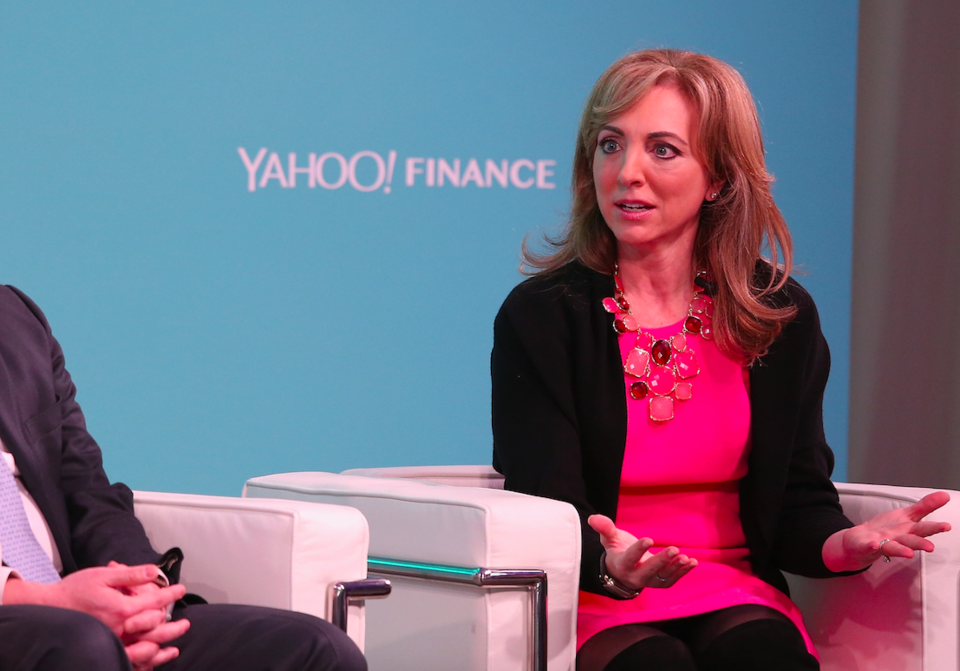What I hope to hear from Fed Chair Powell this week
Michelle Girard is US Chief Economist, NatWest Markets. The views expressed in this article are her own.
Fed Chair Powell delivers his first semi-annual testimony on monetary policy to Congress this week. The testimony provides an excellent opportunity for the new Fed Chair to reveal the lens through which he views the world. We are particularly interested to hear his perspective on the impact of recent fiscal policy actions, which many fear will cause the economy to overheat and inflation to overshoot. Our hope is that the new Fed Chair will use this stage to educate market participants that economic growth need not be inflationary.
Fiscal policy under President Trump and the Republican Congress has turned significantly stimulative, owing largely to the passage of tax reform at the end of last year. The passage of massive fiscal stimulus so late in the economic cycle — when resources (in particular, labor) are already becoming scarce — is almost unprecedented. Many economists are concerned that fiscal stimulus at this point in the economic cycle will lead to overheating, pushing up wages and inflation and requiring the Fed to raise interest rates further than anticipated. That possibility has pushed 10-year Treasury yields up towards 3% in recent weeks and, at times, undermined equity prices.

However, a key point is being overlooked. Tax cuts – which increase the economy’s productive capabilities and thus raise potential GDP growth – allows the economy to grow faster without necessarily generating higher inflation. It is this message that we hope Fed Chair Powell delivers to Congress (and the markets) this week.
The final tax package included a provision allowing accelerated depreciation on capital equipment and, as a result, we raised our forecast for business investment and real GDP growth after the tax plan was signed into law. The fact that we revised up our 2018 growth forecast (from 2.7% to 3.1%) to reflect stronger business spending, as opposed to stronger consumer spending, is important. If companies buy more new equipment, they enable their workers to become more productive (i.e. the amount of goods and services produced by each worker increases). If workers are more productive, firms will be willing to pay more for those workers — this is one reason why higher productivity is associated with higher real wages.

However, if productivity is increasing, companies do not need to raise prices to cover their higher labor costs (because firms are getting more output per worker, the cost of labor for every unit produced does not increase). In this way, tax cuts can lead to stronger growth and also higher wages but not necessarily higher inflation. This is where our views and those of many market participants deviate. We believe if “supply-side” fiscal policies** are pushing growth higher, then the Fed can welcome a stronger economic performance without necessarily worrying about higher inflation and the need to raise interest rates more aggressively.
This is the message that we hope to hear from Fed Chair Powell this week: that growth need not be inflationary. While the Fed’s growth forecasts may be raised as a result of tax cuts, the Fed’s outlook for inflation (and therefore interest rates) has not changed. Educating market participants as to the differences between “supply-side” fiscal stimulus and “demand-side” fiscal stimulus would go a long way, in our view, to calming markets that have begun to react negatively to “good news” with respect to stronger economic growth and higher wages.
—
** Supply-side fiscal policies are those that increase the supply of goods and services being produced. They differ from “demand-side” polices that are focused on increasing consumer demand. The former are disinflationary, while the latter tend to be inflationary.
